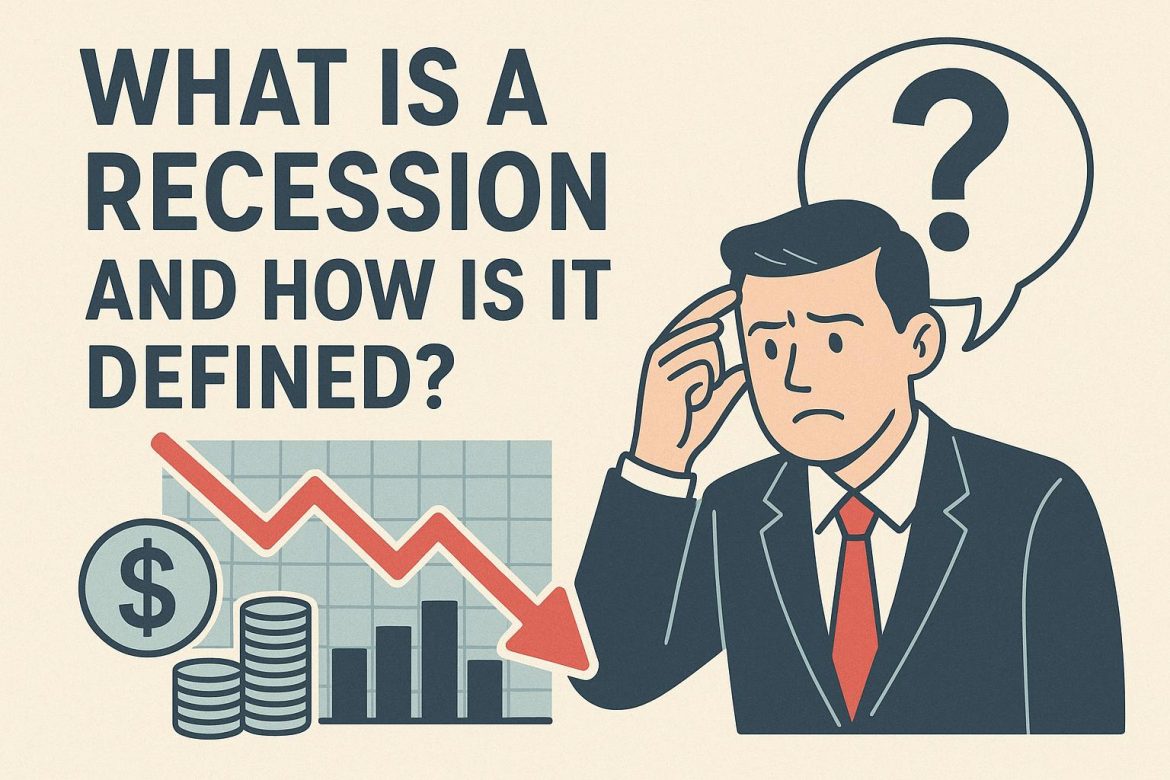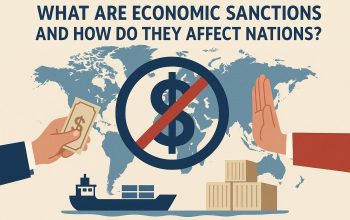Understanding Recession
A recession is a considerable decline in economic activity spread across the economy, typically observable for more than a few months. Characteristically, this downturn appears in real GDP, real income, employment, industrial production, and wholesale-retail sales metrics. The onset of a recession occurs when an economy reaches a high point of activity, subsequently dwindling until it hits its lowest point, termed as a trough.
Defining a Recession
While a recession is commonly described as a sequential decline in a nation’s real gross domestic product (GDP) for two or more quarters, many economists argue for a wider definition that incorporates various economic elements beyond just GDP fluctuations.
The National Bureau of Economic Research (NBER) plays a pivotal role in diagnosing recessions in the United States. A private, non-profit entity, the NBER describes a recession as “a significant decline in economic activity spread across the economy, lasting more than a few months.” This broad characterization goes beyond GDP, taking into account several monthly indicators such as employment, personal income, and industrial production, offering a more nuanced measure.
Indicators of a Recession
Determining whether an economy is in a recession involves observing several economic and financial indicators that manifest recessionary patterns. Key indicators to watch include:
Gross Domestic Product (GDP): One of the leading indicators, GDP quantifies the total value of goods and services produced inside a country’s boundaries. A two-quarter back-to-back decline in GDP often signals a recession, representing a decrease in economic productivity and consumer activity.
Unemployment Rate: A rising unemployment rate typically emerges from a recession as businesses aim to control expenses amidst reduced demand for goods and services by cutting back on employment and reducing their workforce.
Consumer Spending: A downturn in consumer spending is often a direct outcome of waning consumer confidence and a reduction in disposable income during recessionary periods. This cutback affects the demand for goods and services, correlating with a decrease in production and employment within the economy.
Industrial Production: Industrial production decline, spanning mining, manufacturing, and utilities, is another critical indicator that frequently accompanies a recession.
Causes of Recession
Understanding the causes of a recession often involves dissecting a multitude of contributing factors, which span across both natural and human-induced variables:
Economic Shocks: Sudden and unexpected events such as natural calamities, geopolitical tensions, or widespread pandemics may severely impede economic activities. Such shocks often result in immediate and sometimes prolonged disruptions within economic systems.
Financial Crises: Recessions can often trace their origins to financial or banking crises, wherein significant losses or collapses within financial institutions can constrict credit availability, causing a delayed domino effect in reducing investment and consumption.
Policy Decisions: Sometimes, policy decisions regarding monetary or fiscal measures, such as adjustments in interest rates or taxes, can inadvertently trigger a recession if they retard economic activity excessively or unexpectedly.
Conclusion
In grasping the essence and dynamics of recessions, it involves more than merely monitoring GDP changes. It requires understanding a widespread economic downturn impacting various sectors and bringing substantial implications for employment and income. Though recessions form a natural segment of economic cycles, policymakers and economists strive to manage and alleviate their adverse impacts. For a more in-depth understanding of historical and current economic data, one can reference reputable economic research organizations and national statistical units that furnish comprehensive economic analyses.
This article was last updated on: October 17, 2025




